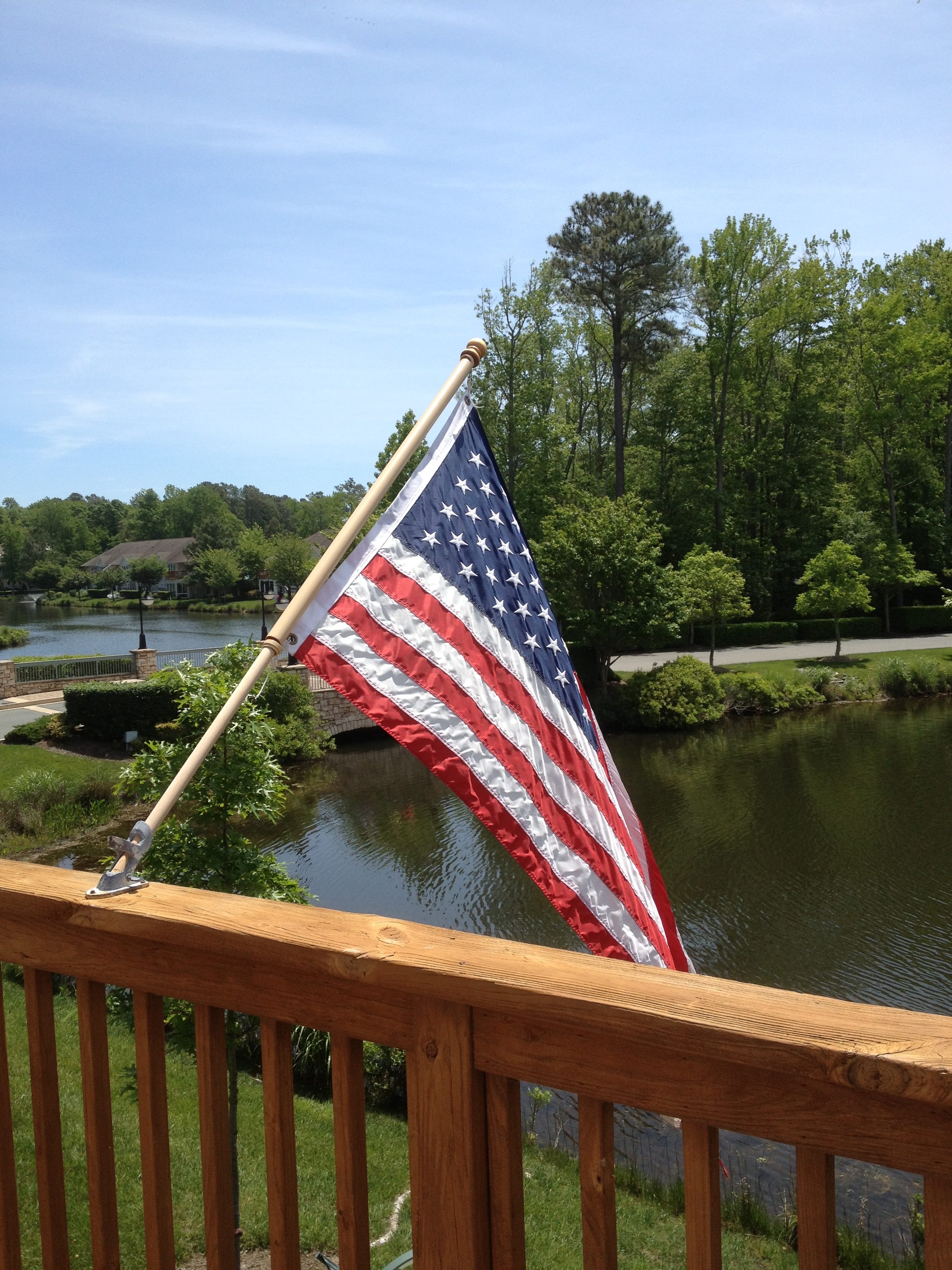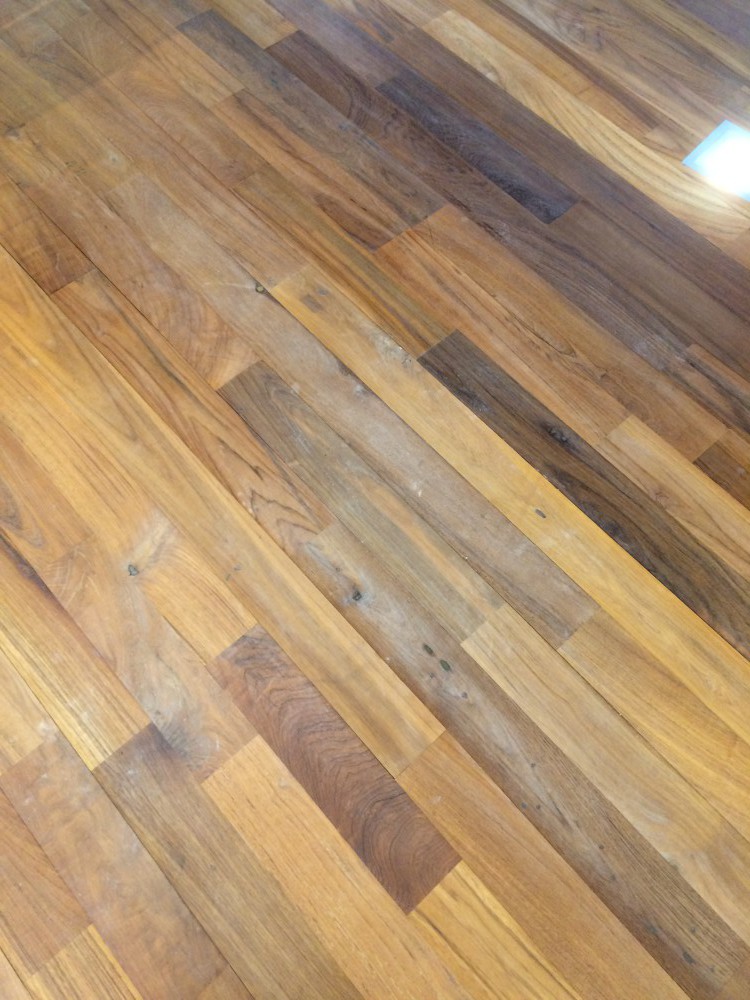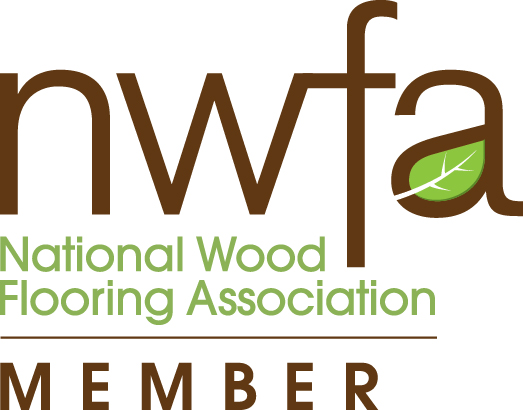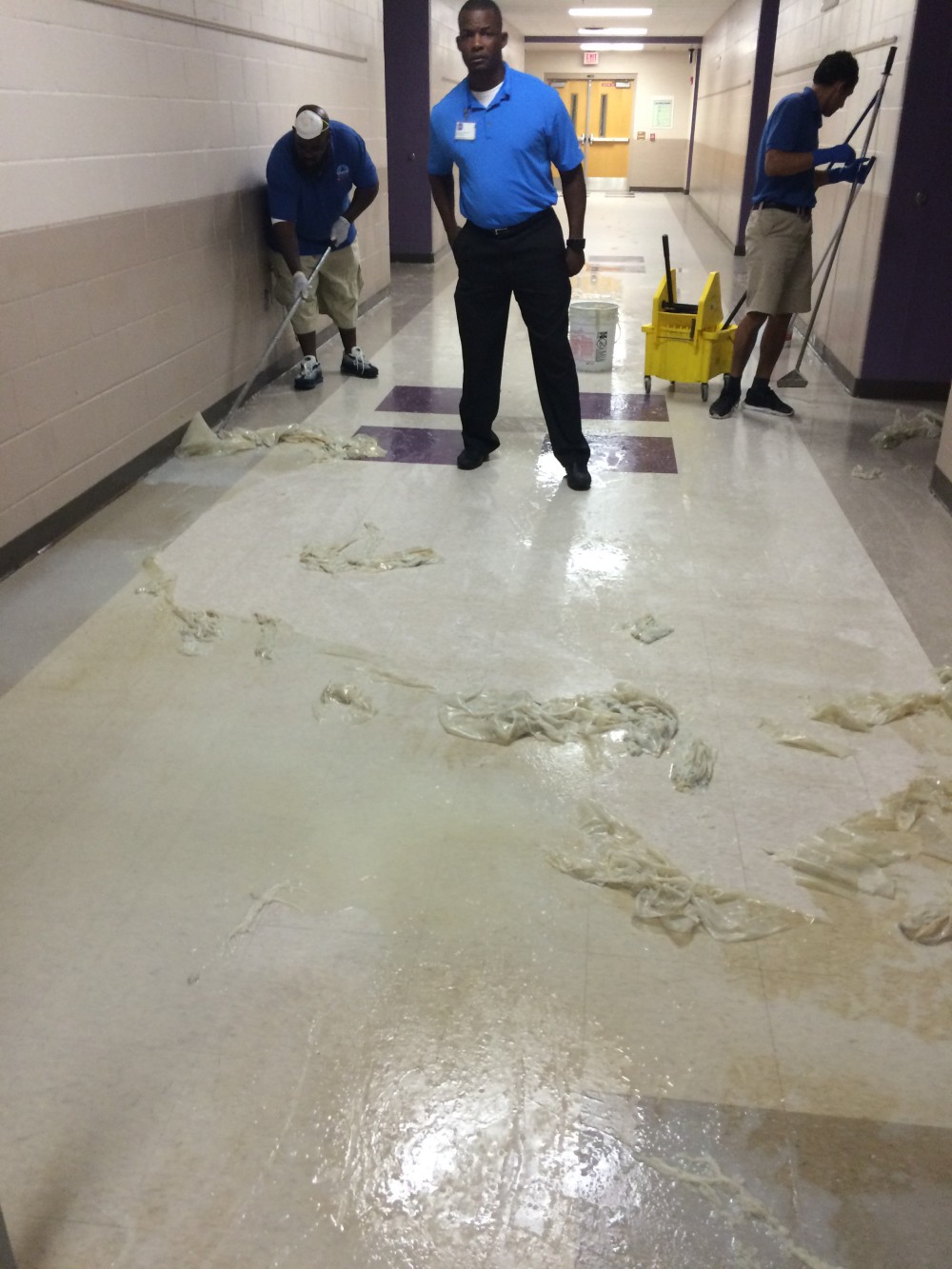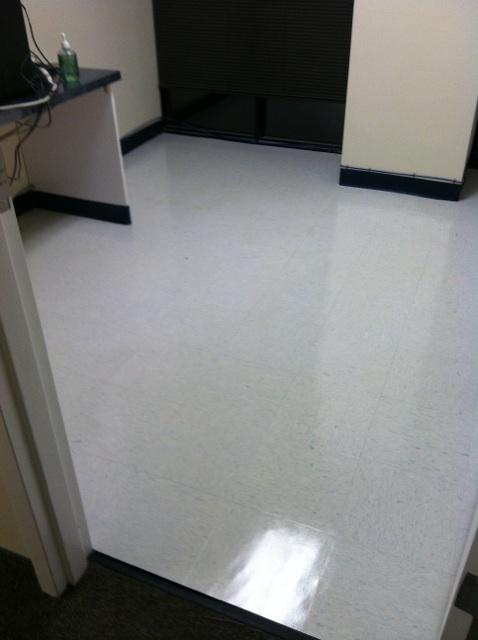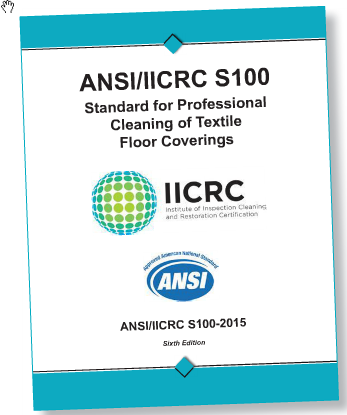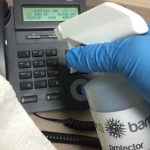Homeowners, athletes, travelers, hospital patients, senior living occupants and office personnel all have one thing in common: More than ever, occupants are concerned about bacterial infections due to harmful microbial growth and cross contamination.
Staph bacteria are the most prevalent infection-causing germs and cannot be prevented with yesterday’s disinfectants. In fact, over 60 percent of staph infections are now resistant to antibiotics, up from 3 percent in 1974. These microorganisms can survive on inanimate surfaces long enough for them to be transferred from the surface to another person. Mold contamination also is more prevalent than in the 70s.
The Center for Disease Control (CDC) has started initiatives to outsmart this threat, which has been called health’s ticking time bomb. When microorganisms stop responding to the disinfectants we use to kill them, we are back where we started with inadequate remedies to prevent growth. One of the solutions CDC has identified is to prevent growth from occurring and prevent resistant strains from spreading.
Thirty years ago, Dow Chemical’s scientists developed a nano-sized, non-leaching, biostatic antimicrobial called an organosilane. Studied and tested widely, these antimicrobials are used in the manufacturing process of many products that we use today (i.e., shoes, contact lenses, tee shirts, etc.). They are also used in hospitals, medical facilities and, most recently, professional sports fields with synthetic turf.
Few in our industry realized the potential for aftermarket application and surface protection. Organosilanes bond to clean, hard or soft surfaces, protecting or inhibiting microbial growth. With an origin in quartz and coal, organosilanes provide a sustainable protective barrier against odors, mold and mildew, while also exhibiting hydrophobic (they won’t combine with or dissolve in water) and antistatic properties.
The CDC, FDA and many other government and private organizations are focused on controlling the spread of harmful microbes. Over the years professional cleaning groups (e.g., IICRC, RIA, CIRI and ICRA) have been discussing IAQ problems and mold contamination. Their goals include learning more about cleaning and what role disinfectants played in preventing the spread of harmful microbial growth.
In a study published in the Journal of Cleaning, Restoration & Inspection, Dr. Priyotosh Chakravarty concluded that commonly used disinfectants used today in our industry couldn’t completely kill all fungi components, allowing dormant spores to recolonize when favorable conditions are available. We had the knowledge to clean and disinfect but, until now, lacked the ability to provide long-term protection.
Cleaning and disinfecting provides the first step for inactivating harmful microorganisms. The next step should be to apply a barrier that inhibits growth of bacteria and mold contamination. Nothing is more efficient and effective than a thorough cleaning and disinfection of a surface followed by application of a surface protecting antimicrobial.
Combining the use of a biocidal cleaning detergent/disinfectant followed by a biostatic antimicrobial surface protector raises the bar. This added step accomplishes what many have been missing for years. Cleaning and disinfecting is well understood; however protecting surfaces from future growth was the missing piece. Its far better to prevent microorganisms from growing in the first place than letting them get a foothold and then trying to remove them. Effective cleaning and disinfection followed by the additional step of surface protection makes sense and becomes a value added service.
Today, our industry can protect surfaces with a scientifically supported, combination of cleaning technologies employing the use of two safe and accepted EPA registered solutions — simple, two-step, innovative, state of the art “standard of care” for the cleaning industry. It is a way of protecting surfaces from a wide range of unwanted germs, odors, mold and mildew that affect our daily lives by reducing direct transfer of harmful microbes using an antimicrobial barrier/coating.
Kristopher Page,Michael Wilsonand Ivan P. Parkin, 2009
The most critical factor for transmission of a microorganism from a surface to another person is the ability of that microbe to survive on a surface. If the microorganism is prevented from growing on a surface then transfer cannot occur. As the accompanying illustration indicates blocking that transmission is critical to ending the cycle that causes so many problems in the environments where we live and work. It’s being done in hospitals today.
Adding a protector is an opportunity for professionals who seek to differentiate and separate themselves from the competition. It sets the bar higher by showing a commitment to health and saftey. Chakravarty’s research strengthens the science that traditional cleaning and disinfection techniques are not adequate in controlling contaminant levels.
After cleaning and disinfecting, the application of a safe, odorless, eco-friendly, long-lasting, bonded antimicrobial to a hard or soft surface is the final step necessary in controlling future cross contamination and microbial growth. Clean, disinfect and protect. You’re not finished until you protect the surfaces you have cleaned.
Doug Bradford, CR is BactiBarrier® President, Eco Interior Maintenance Inc. CEO, HexPerformance™ co-founder, and Chair of the IICRC S100 Textile Floor Covering Cleaning Standard.
Dr. Daniel Bernazzani is a principal for BactiBarrier. He is president of Liberty Consulting and a former IICRC president.


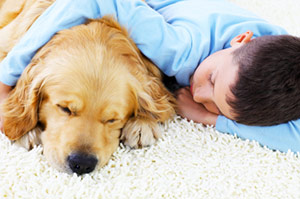
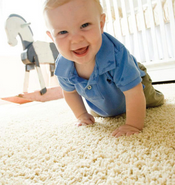
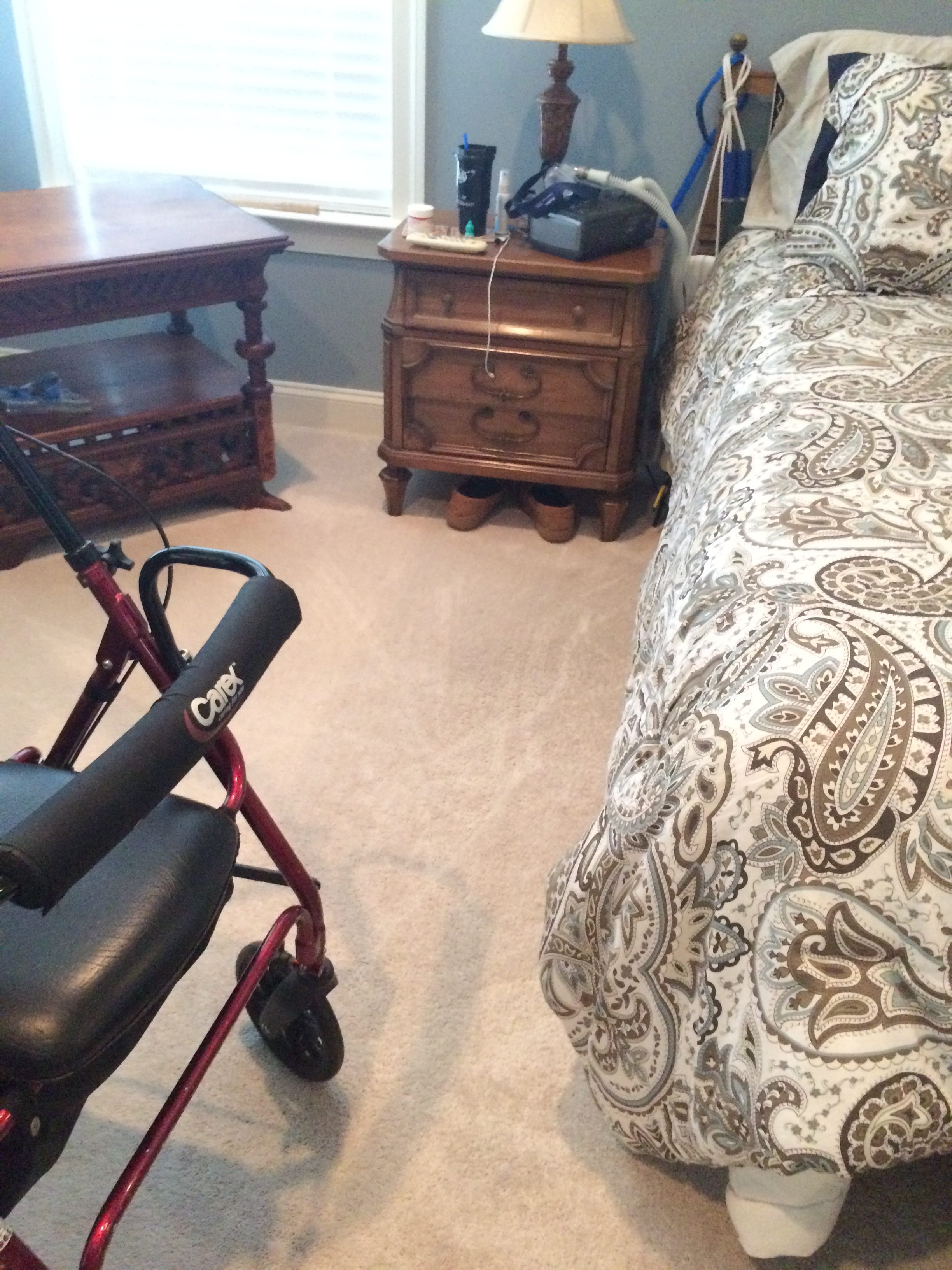
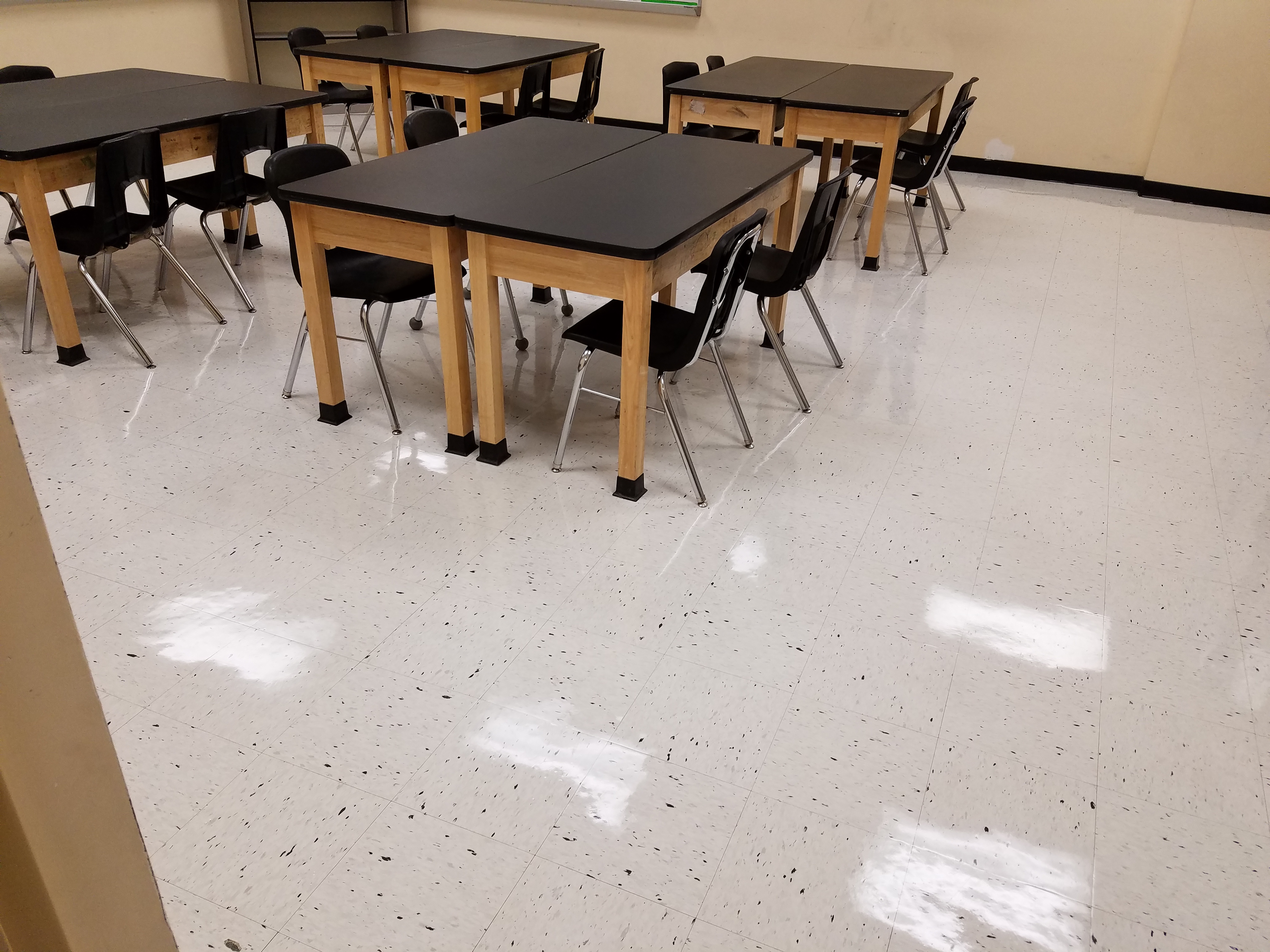 Fortunately today we have cleaning scientists from groups like CIRI (Cleaning Industry Research Institute) and the EPA spending time and money on surface cleanliness & contamination and it consequences.
Fortunately today we have cleaning scientists from groups like CIRI (Cleaning Industry Research Institute) and the EPA spending time and money on surface cleanliness & contamination and it consequences.
